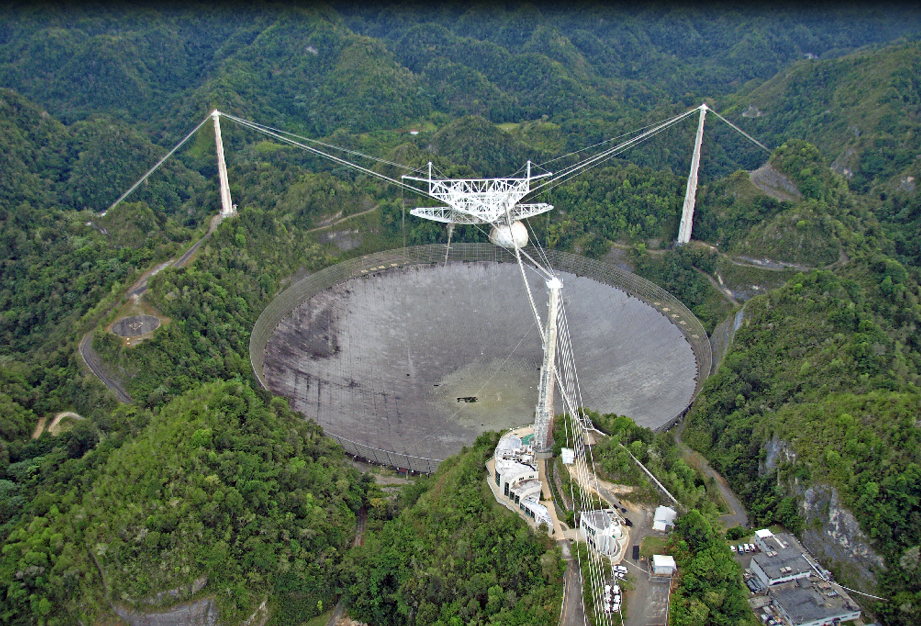On the G-QRP mailing list our British cousins are discussing the use of Narrow Band FM on Top Band. 160 meters has long been used for day-time local "chin wags" in the UK. Noise, of course, is a factor to consider on 160. FM would take care of the noise problem.
I was wondering if this would be legal in the USA. This is the kind of question that seems to provoke passionate, sometimes angry reactions. I think the answer depends on the resulting bandwidth of the signal.
There was an interesting discussion of this here:
http://www.eham.net/ehamforum/smf/index.php?action=printpage;topic=65481.0
Especially intriguing to me was Tom's comment about the link between Narrow Band FM and the early SSB phasing rigs. I hadn't heard about that:
Title: RE: Narrow Band FM is it legal below 30 MHZ.
Post by: N5EG on January 22, 2010, 11:10:43 AM
Hi Tim,
Yes - NBFM is legal. This is actually a hold over from long ago equipment. Back in the olden days phasing SSB exciters could also be adjusted to produce NBFM.
It's a little different than modern FM, in that the signal looks just like an AM signal, except the phase of one of the sidebands is 180 degrees reversed compared to the AM equivalent (doesn't matter which sideband). This gives an angle-modulated signal with +/- 45 degrees phase variation, but also 3 dB of amplitude variation.
While we don't normally like amplitude variation on an FM signal, it has the effect of preventing the generation of the higher order sidebands that true FM produces. A receiver than has a limiter stage doesn't care that much.
The result is that the old phasing exciters could produce this different kind of Narrow Band FM (probably the true meaning of NBFM long ago) that had the same channel width as AM, and a modulation index that's well below 1. Such a signal is compliant with current FCC regulations on HF bands.
-- Tom, N5EG
Yes - NBFM is legal. This is actually a hold over from long ago equipment. Back in the olden days phasing SSB exciters could also be adjusted to produce NBFM.
It's a little different than modern FM, in that the signal looks just like an AM signal, except the phase of one of the sidebands is 180 degrees reversed compared to the AM equivalent (doesn't matter which sideband). This gives an angle-modulated signal with +/- 45 degrees phase variation, but also 3 dB of amplitude variation.
While we don't normally like amplitude variation on an FM signal, it has the effect of preventing the generation of the higher order sidebands that true FM produces. A receiver than has a limiter stage doesn't care that much.
The result is that the old phasing exciters could produce this different kind of Narrow Band FM (probably the true meaning of NBFM long ago) that had the same channel width as AM, and a modulation index that's well below 1. Such a signal is compliant with current FCC regulations on HF bands.
-- Tom, N5EG

































